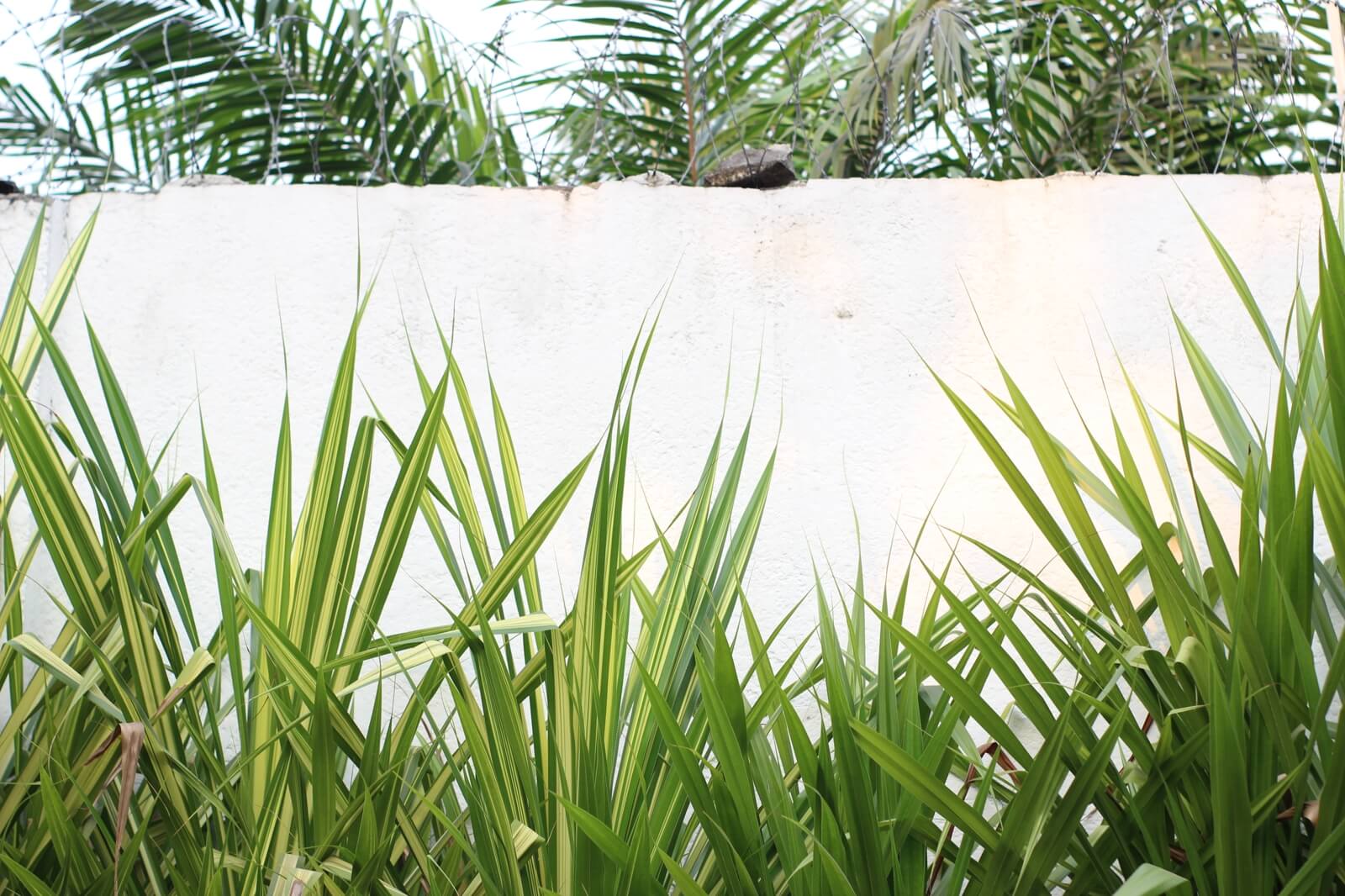
Sorry, this network doesn't connect to the internet! Enjoy this example page instead! 😊

The tension between traditional knowledge protection and IP frameworks is exacerbated by digital technologies that have made the creation, dissemination, appropriation and remixing of knowledge and cultural artifacts easier than ever before. Indigenous communities’ preservation efforts and control over traditional knowledge sometimes also seem to conflict with the ‘open’ ecosystem, which consists of organizations, communities, and individuals supporting open and free culture, open licensing and access to knowledge. This is because traditional knowledge is often perceived as being part of the public domain by default, when it is not.
There is a colonial history of this perception. The doctrine of discovery, which was used to legitimize and expand colonization, held the assumption that indigenous peoples were “uncivilized,” and hence could not own property like European settlers. Therefore, the land and knowledge of indigenous peoples were seen as part of the commons, open for ‘discovery’ and appropriation.
Another oft repeated concern that traditional community representatives have voiced at global venues like WIPO is the misuse and appropriation of their knowledge. Appropriation refers not just to taking something of value to a community, but also reaping economic benefit from it. For these reasons, the public domain may be perceived as detrimental to the interests of indigenous communities. It’s important to recognize this because it affects how these communities might perceive open and free culture movements.
Copyright law in particular is based on a number of assumptions that are sometimes at odds with the protection of indigenous knowledge. For instance, sometimes it can be difficult to identify an author of a cultural work because “ownership” might vest in a community, is sometimes continually being invented, or might be passed from generation to generation. The categories of copyright law may not encompass the kinds of expressions found in traditional knowledge. For example, a dance could be manifested in several ways and may have a sequential unique style over several performances. One sequence might be removed and placed in a western song or performance. Not only would there be no protection for this disparate piece, any social or spiritual meaning that might be attached to that dance would also be lost. Furthermore, some traditions are conveyed and preserved orally, and this might not be ‘fixed’ in a tangible form to receive conventional copyright protection.
[S]ometimes it can be difficult to identify an author of a cultural work because “ownership” might vest in a community, is sometimes continually being invented, or might be passed from generation to generation. The categories of copyright law may not encompass the kinds of expressions found in traditional knowledge.
This perceived disconnect with copyright law in particular puts Creative Commons in a challenging position with regards to indigenous knowledge. On the one hand, Creative Commons strives to make knowledge and information as widely and freely accessible as possible. It seeks to empower individuals who want to define the terms of access to their works. On the other hand, Creative Commons must grapple with ownership structures of traditional knowledge, its position within copyright law, and the terms of access of different kinds of traditional knowledge online. The CC licenses were never meant to be applied to content that is not meant to be shared broadly — so to the extent such content is not intended to be shared broadly or if open licenses do not adequately meet the needs of these communities for reasons described above, then it makes sense not to expect acceptance or use of open licenses as currently available.
Despite these challenges, digital technologies also represent an opportunity to help resolve some of the tensions between IP structures and traditional knowledge and have been used by indigenous communities. Projects like Mukurtu and Local Contexts help preserve and label traditional works while giving indigenous communities autonomy to set the terms for sharing. Local Contexts also provides guidance to indigenous communities about controlling access and preservation of their knowledge. There are flexibilities within CC licenses that could be used in empowering ways by communities that want to make their works open. The conversation needs to involve more communities, policymakers and scholars and the Creative Commons team is exploring the possibilities of working with other projects and involving indigenous communities more closely to understand the role CC licenses could play in the protection and dissemination of traditional knowledge.
Enjoying your read? Send a text to (555) 555-5555 to get notified of the next release or to 52786 (LASTM) to check when the next bus comes!